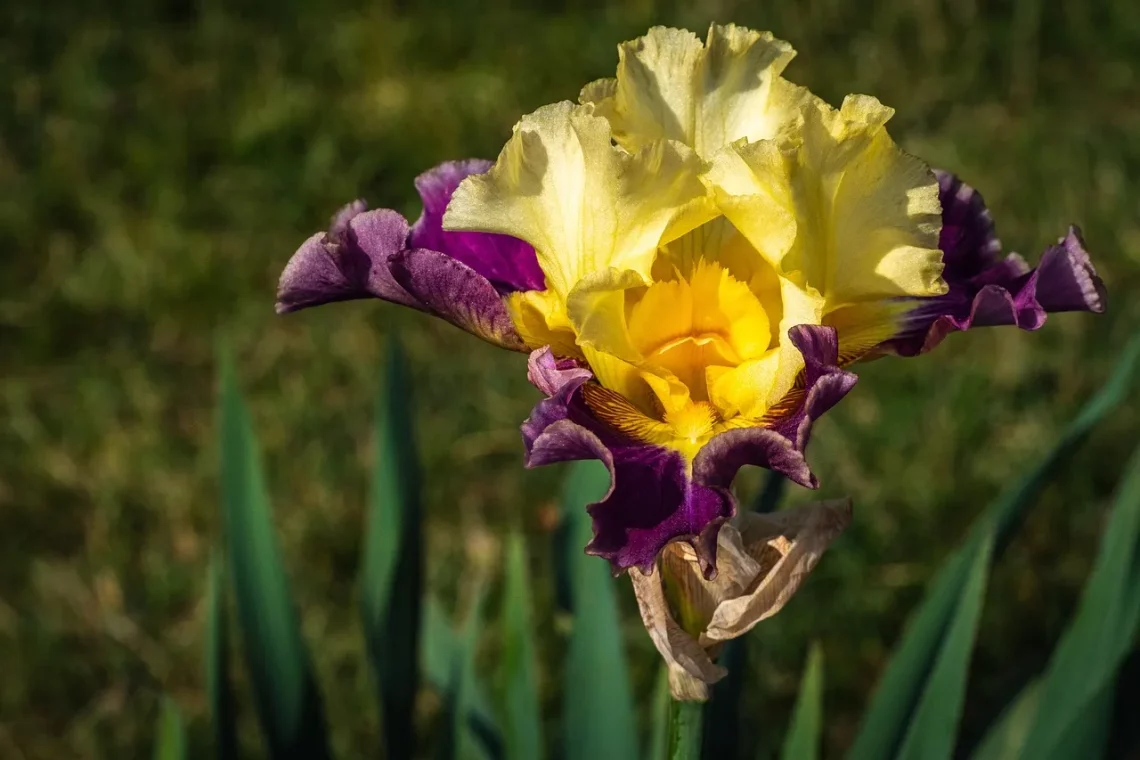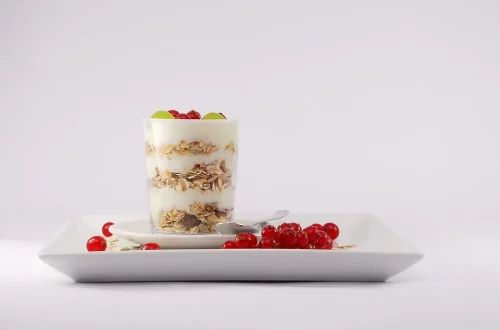
Understanding Sangria ABV: Alcohol Content and Flavor Balance Explained
Sangria is a delightful and refreshing beverage that has captured the hearts of many, particularly during warm summer months and festive gatherings. A traditional Spanish drink, sangria is a harmonious blend of red wine, chopped fruit, and various spices, often served chilled. Its vibrant colors and fruity flavor profile make it a popular choice for social occasions, and its versatility allows for endless variations and adaptations.
Understanding the nuances of sangria involves not only appreciating its taste and presentation but also recognizing the impact of its alcohol by volume (ABV) on the overall experience. The ABV is a critical factor that influences both the flavor balance and the enjoyment of this beloved drink. With various recipes and preparation methods, the ABV can vary significantly, affecting how sangria complements the palate and the food it accompanies.
As we delve deeper into the world of sangria, we will explore the different components that contribute to its alcohol content, the importance of balance in flavor, and how to craft the perfect glass that respects tradition while catering to modern tastes. By understanding these elements, you can enhance your appreciation for this iconic beverage and elevate your sangria-making skills to new heights.
What is Sangria and Its Cultural Significance?
Sangria originates from Spain, where its roots can be traced back to ancient times. The term “sangria” derives from the Spanish word “sangre,” meaning blood, which reflects the deep red color of the drink when made with red wine. Traditionally, sangria is made by combining red wine with chopped fruits, such as oranges, lemons, and berries, along with spices like cinnamon and sometimes a splash of brandy or orange liqueur.
The cultural significance of sangria extends beyond its ingredients. In Spain, it is often enjoyed during social gatherings, celebrations, and festivals. It embodies the spirit of sharing and camaraderie, making it a staple at family reunions, barbecues, and summer fiestas. Sangria is more than just a drink; it represents a way of life that emphasizes enjoyment, relaxation, and togetherness.
Over the years, sangria has evolved beyond its traditional Spanish roots. Today, variations can be found worldwide, with different countries putting their unique spin on the classic recipe. For example, in Portugal, sangria may incorporate white wine and local fruits, while in Latin America, it might be made with tropical fruits and a base of rum. This adaptability has contributed to its global popularity, making sangria a beloved beverage for diverse occasions.
It’s essential to note that the beauty of sangria lies in its flexibility. Drinkers can experiment with different wine varieties, fruits, and flavorings to create a personalized version that suits their preferences. The balance of flavors, including sweetness, acidity, and alcohol content, plays a crucial role in crafting the ideal sangria. Understanding these components can enhance the overall experience and ensure that each glass is a delightful representation of this vibrant drink.
The Role of Alcohol by Volume (ABV) in Sangria
Alcohol by volume (ABV) is a standard measure used to quantify the amount of alcohol (ethanol) contained in a beverage. In terms of sangria, the ABV is vital, as it affects both the drink’s flavor profile and the overall drinking experience. The ABV of sangria typically ranges from 6% to 12%, depending on the ingredients used and the recipe followed.
When crafting sangria, the choice of wine significantly influences the final ABV. For example, a full-bodied red wine with a higher ABV can increase the overall strength of the drink, while a lighter wine may yield a more refreshing, lower-alcohol version. Additionally, the inclusion of spirits, such as brandy or liqueurs, can further elevate the alcohol content. Therefore, it’s crucial to consider the wine’s characteristics and the desired outcome when selecting the base for your sangria.
The balance of flavors in sangria is directly impacted by the ABV. A higher alcohol content can enhance the richness and depth of the drink, but it can also overpower the fruity elements if not balanced correctly. Conversely, a lower ABV can create a lighter and more refreshing beverage, ideal for warm weather or casual gatherings. Striking the right balance between alcohol content and flavor is essential for achieving the perfect sangria.
For those who prefer a lighter drink, there are also low-ABV versions of sangria available. These can be made by diluting the wine with soda water or juice, allowing the flavors of the fruit to shine through without the intensity of higher alcohol levels. This approach is particularly popular among those seeking a refreshing and low-key option for their summer sipping.
Understanding the role of ABV in sangria not only enhances your appreciation for the drink but also empowers you to create a personalized version that suits your taste and occasion. Whether you prefer a classic approach or a modern twist, being mindful of the alcohol content can help you craft a sangria that is perfectly balanced and enjoyable.
Balancing Flavors: The Art of Crafting Perfect Sangria
Crafting the perfect sangria is an art that requires careful consideration of ingredients, flavor profiles, and personal preferences. The key to a delightful sangria lies in achieving a harmonious balance between sweetness, acidity, and the underlying flavors of the wine.
To start, selecting the right type of wine is crucial. A good sangria typically begins with a quality red or white wine that complements the fruits and additional ingredients. For red sangria, fruity wines like Merlot or Garnacha work well, while white sangria benefits from crisp options like Sauvignon Blanc or Pinot Grigio. The wine should be enjoyable on its own, as its character will shine through in the final blend.
Next, consider the fruits you want to include. Traditional sangria often features oranges, lemons, and berries, but the options are virtually limitless. Seasonal fruits can add unique flavors and freshness, enhancing the overall experience. For instance, peaches in summer or apples in fall can introduce delightful variations. Be sure to cut the fruits into bite-sized pieces to allow their juices to infuse the wine effectively.
Sweetness is another critical component in balancing flavors. Some recipes call for added sweeteners, such as simple syrup or fruit juice, while others rely solely on the natural sweetness of the fruits. It’s essential to taste and adjust as you go, ensuring that the sangria is not overly sweet but still retains a pleasant fruity essence. A splash of citrus juice can also help to elevate the acidity, creating a refreshing contrast to the sweetness.
Lastly, don’t forget to add spices and herbs for depth. A stick of cinnamon, a few cloves, or fresh mint can elevate the drink and provide an aromatic experience. These flavor enhancers can add complexity without overshadowing the primary ingredients.
Once all components are combined, it’s crucial to let the sangria sit for a while. Allowing it to chill in the refrigerator for at least a few hours or overnight helps the flavors meld together beautifully. This resting period is key to creating a well-rounded and flavorful drink that showcases the best of each ingredient.
In conclusion, balancing flavors is an essential step in crafting the perfect sangria. By carefully selecting your wine, fruits, and additional ingredients, you can create a delightful beverage that celebrates the essence of this cherished drink. Whether for a festive gathering or a relaxing evening at home, a well-balanced sangria is sure to impress.
Experimenting with Sangria Variations
While traditional sangria holds a special place in the hearts of many, the beauty of this drink lies in its versatility and the countless variations that can be created. Experimenting with different ingredients and styles can lead to exciting new flavors and experiences, making sangria a fun and creative beverage choice.
One popular variation is white sangria, which offers a lighter and often fruitier alternative to the classic red version. By using white wine as the base, you can incorporate a range of fruits like peaches, pineapple, and strawberries, along with fresh herbs like basil or mint. A splash of soda water or sparkling wine can add effervescence, making it a refreshing choice for warm days.
Another exciting twist is the use of flavored spirits. Adding a splash of flavored liqueurs, such as peach schnapps or elderflower cordial, can introduce unique notes and elevate the overall flavor profile. Experimenting with different types of spirits can lead to delightful surprises and allow for a more personalized touch to your sangria recipe.
For those looking to create a more tropical version, consider incorporating coconut water or rum into your sangria. This combination can transport you to a beachside paradise, making it an ideal choice for summer parties or vacation gatherings. The addition of tropical fruits like mango, passion fruit, and kiwi can further enhance this exotic experience.
If you’re feeling adventurous, consider creating a dessert sangria by using sweet wines or sparkling wines and pairing them with fruits like cherries, raspberries, and even chocolate. This indulgent version can serve as a delightful after-dinner treat, showcasing the versatility of sangria beyond its traditional role.
Moreover, sangria can be adapted to accommodate dietary preferences or restrictions. For a non-alcoholic version, simply replace the wine with grape juice or a combination of fruit juices, maintaining the fruit and spice elements for a refreshing mocktail. This option allows everyone to enjoy the flavors of sangria without the alcohol content.
Ultimately, the key to experimenting with sangria variations lies in creativity and personal preference. The possibilities are endless, and each new combination can lead to a unique drinking experience that reflects your individual taste. Embracing the spirit of innovation can transform sangria into a year-round favorite that adapts to any occasion.
In conclusion, sangria is more than just a drink; it is a canvas for creativity and a celebration of flavors. By experimenting with different ingredients and variations, you can discover new favorites and elevate your gatherings with this timeless beverage.
**Disclaimer:** This article is for informational purposes only and should not be considered medical advice. Always consult with a healthcare professional for any health-related concerns.




